After breakfast our guide came to the hotel and we walked down to the dock to get the boat to Floreana. First we took a water taxi to get to a larger boat. Although Floreana is only two hours away, it was a rough crossing and everyone felt queasy. Some were seasick. David and I vowed that this would be the last time we went on a boat without taking appropriate seasick medication beforehand. After all the Galapagos Islands are in the middle of the Pacific Ocean. You shouldn't expect smooth sailing.
Lack of water has been providential for the preservation of the ecosystems of the islands. Had water been abundant buccaneers and whalers would probably have taken possession of the islands. Floreana is one of two islands with a source of water, a spring.
As some water was available, pirates used Floreana as a temporary refuge using a small cave carved into the rock face and perhaps some lava tubes near the only water supply. There is a kind of rock shelf to sleep on. However, there was shelter, water and food and so it became a pirate hideaway. Even today this small spring is the only source of fresh water for the approximately 100 inhabitants of the island.
Of all the Galapagos Islands, Floreana is the one most altered by the presence of humans as other settlers followed the pirates, bringing with them goats and cats. Rats also came ashore from the ships. All of these were threats to the native wildlife. The goats and some other invasive herbivores were completely removed by the Galapagos National Park in 2007, but a devastated landscape no longer fit to sustain Floreana’s native wildlife was left in their wake. It is still a lovely place to visit. It is difficult to imagine that so much damage has been done.
One of the most poignant moments on our visit was a stop at a tortoise corral. At some point in the sad story of tortoise hunting and extinction all the indigenous tortoises on the island were killed for their oil which was used to light lamps on the mainland of Ecuador. When colonists finally came to Floreana there were no tortoises. And so they brought baby tortoises from other islands. When these matured they mated with other species and produced mixed species. These have no place in the long range recovery plan for the island with the re-population of indigenous species. Therefore these tortoises have been rounded up and put in a corral to live out their lives. They are well cared for and will live for many years but the conditions for further breeding are not present. They will continue to grow old and will eventually die out.
Our guide told us a story about a pirate ship which had taken on tortoises for food. The fact that tortoises can stay alive for up to a year even when stacked in the hole of a ship make them an excellent source of food. However, they are also very heavy. When the ship needed to outrun pursuers the crew would lighten the ship by throwing tortoises overboard. It is possible that some of these were carried ashore and managed to survive on another island. A different story has pirates stashing tortoises on different islands as reserve food supplies.
Although these stories may seem designed to entertain tourists, scientists from Yale University, in an analysis published Jan. 9th,2012 suggest that direct descendants of at least 38 purebred individuals of Chelonoidis elephantopus (the Floreana tortoise) live on the volcanic slopes of the northern shore of Isabella Island — 200 miles from their ancestor's home of Floreana Island, where they disappeared after being hunted by whalers. Intensive breeding of hybrids might allow scientists to resuscitate the C. elephantopus species even if sufficient numbers of purebred tortoises can not be found, said former Yale postdoctoral researcher Ryan Garrick,assistant professor at the University of Mississippi and first author of the paper. However the cost of such a program might be prohibitive.
Conservation work is now focused on restoring healthy populations of Galapagos racers (snakes), hawks, barn owls, rails, three species of finch, and most notably, the Floreana Mockingbird. Now extinct on the main island of Floreana, the Floreana mockingbird can only be found in two small populations located on two small satellite islands off the coast of Floreana. Before it can be reintroduced into Floreana, it is essential to eradicate rats and other predators and to have sufficient indigenous flora available.
Efforts are also focused on educating the local human population on sustainable methods of agriculture, solid waste management, and collecting and filtering drinking water. For more information about conservation in the Galapagos, consult the Galapagos Conservancy.
We then continued to a small beach where we had our first taste of snorkeling. Another person soon spotted a green sea turtle and I swam over to see, almost running into it as it continued to feed on alga. The turtle did not even stop feeding but ignored me and all other humans around. Absolutely amazing. David and I were both pleased with this opportunity to go snorkeling. I was especially pleased that it was a very easy start. A nice touch was that there was a nearby faucet, not a shower, to rinse of the salt water.
Floreana Island and its Recovery
Saturday, February 08, 2014
 Floreana, Galapagos Islands, Ecuador
Floreana, Galapagos Islands, Ecuador
Other Entries
-
1Ups and downs
Feb 053 days prior Quito, Ecuadorphoto_camera2videocam 0comment 1
Quito, Ecuadorphoto_camera2videocam 0comment 1 -
2Quito: World Heritage Site
Feb 062 days prior Quito, Ecuadorphoto_camera40videocam 0comment 0
Quito, Ecuadorphoto_camera40videocam 0comment 0 -
3The Glory that is the Galapagos.
Feb 071 day prior Santa Cruz, Ecuadorphoto_camera24videocam 0comment 0
Santa Cruz, Ecuadorphoto_camera24videocam 0comment 0 -
4Floreana Island and its Recovery
Feb 08 Floreana, Ecuadorphoto_camera41videocam 0comment 0
Floreana, Ecuadorphoto_camera41videocam 0comment 0 -
5South Plaza Island
Feb 091 day later Puerto Ayora, Ecuadorphoto_camera28videocam 0comment 0
Puerto Ayora, Ecuadorphoto_camera28videocam 0comment 0 -
6Santa Fe
Feb 102 days later Galapagos, Ecuadorphoto_camera18videocam 0comment 0
Galapagos, Ecuadorphoto_camera18videocam 0comment 0 -
7Charles Darwin Research Center
Feb 113 days later Santa Cruz And Isabella, Ecuadorphoto_camera51videocam 0comment 0
Santa Cruz And Isabella, Ecuadorphoto_camera51videocam 0comment 0 -
8Dave climbs Sierra Negra
Feb 124 days later Isabela, Ecuadorphoto_camera48videocam 0comment 0
Isabela, Ecuadorphoto_camera48videocam 0comment 0 -
9A Tortoise Stampede
Feb 124 days later Isabela, Ecuadorphoto_camera73videocam 0comment 0
Isabela, Ecuadorphoto_camera73videocam 0comment 0 -
10Los Tuneles
Feb 135 days later Isabela, Ecuadorphoto_camera33videocam 0comment 0
Isabela, Ecuadorphoto_camera33videocam 0comment 0 -
11A long travel day.
Feb 146 days later Quito, Ecuadorphoto_camera5videocam 0comment 0
Quito, Ecuadorphoto_camera5videocam 0comment 0 -
12The Market in Otavalo
Feb 157 days later Otavalo, Ecuadorphoto_camera16videocam 0comment 0
Otavalo, Ecuadorphoto_camera16videocam 0comment 0 -
13Cold and High
Feb 168 days later Cotopaxi, Ecuadorphoto_camera63videocam 0comment 0
Cotopaxi, Ecuadorphoto_camera63videocam 0comment 0 -
14Reaching the Lodge
Feb 179 days later Cuyabeno, Ecuadorphoto_camera40videocam 0comment 0
Cuyabeno, Ecuadorphoto_camera40videocam 0comment 0 -
15Sendero Palma Roja
Feb 1810 days later Cuyabeno, Ecuadorphoto_camera53videocam 0comment 0
Cuyabeno, Ecuadorphoto_camera53videocam 0comment 0 -
16Siona Coummunity of Puerto Bolivar
Feb 1911 days later Cuyabeno, Ecuadorphoto_camera86videocam 0comment 0
Cuyabeno, Ecuadorphoto_camera86videocam 0comment 0 -
17Canoeing in Laguna Canangueno
Feb 2012 days later Cuyabeno, Ecuadorphoto_camera49videocam 0comment 0
Cuyabeno, Ecuadorphoto_camera49videocam 0comment 0 -
18Hazardous travel to the bridge
Feb 2113 days later Quito, Ecuadorphoto_camera7videocam 0comment 0
Quito, Ecuadorphoto_camera7videocam 0comment 0

 Floreana, Galapagos Islands, Ecuador
Floreana, Galapagos Islands, Ecuador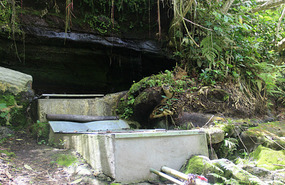
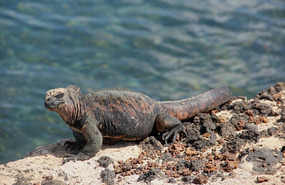
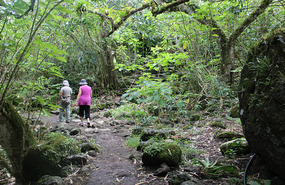
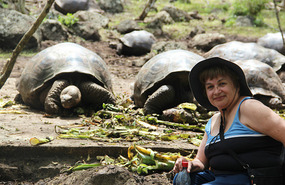
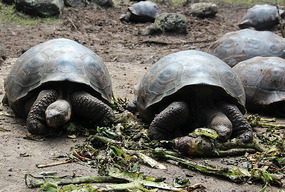
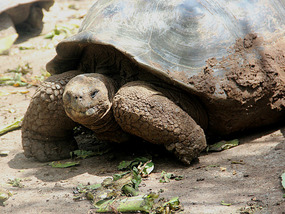
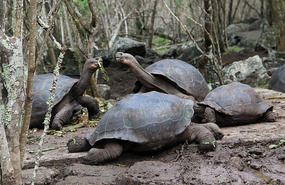























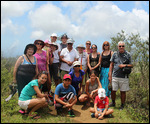











2025-05-22